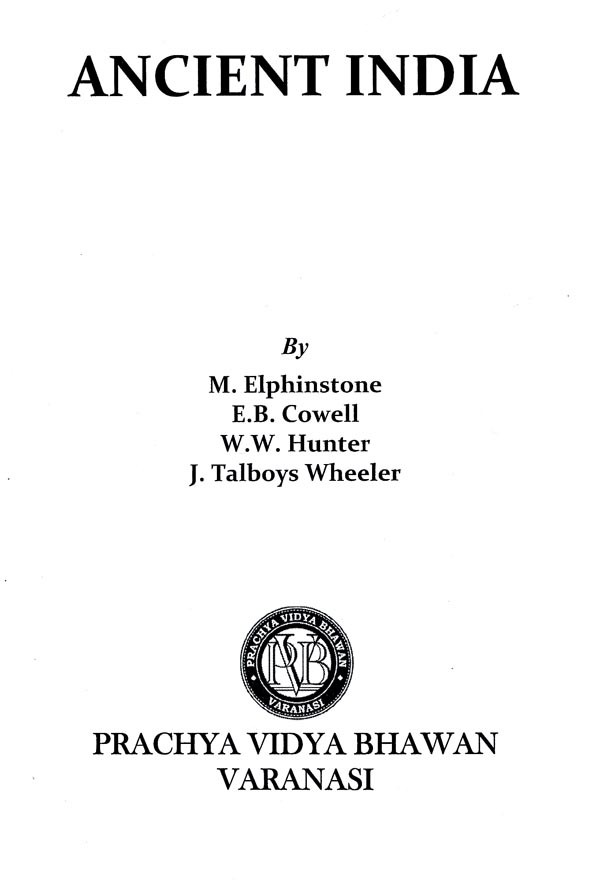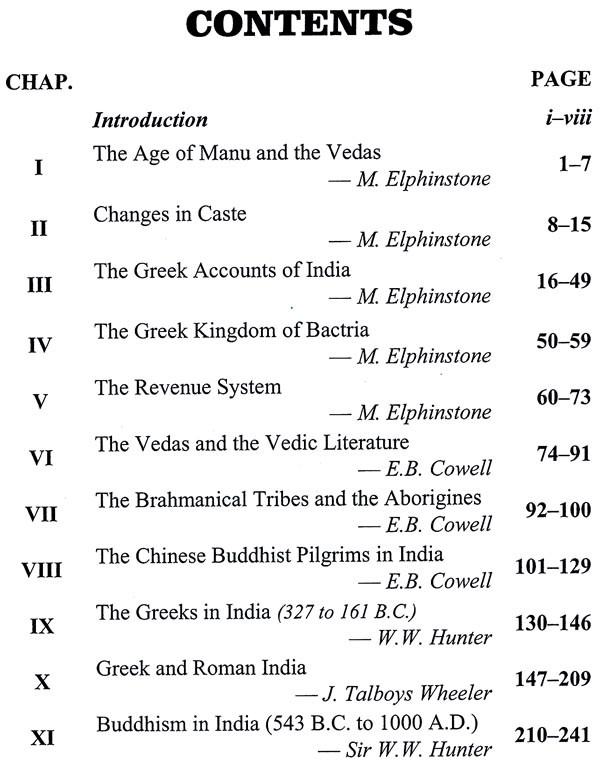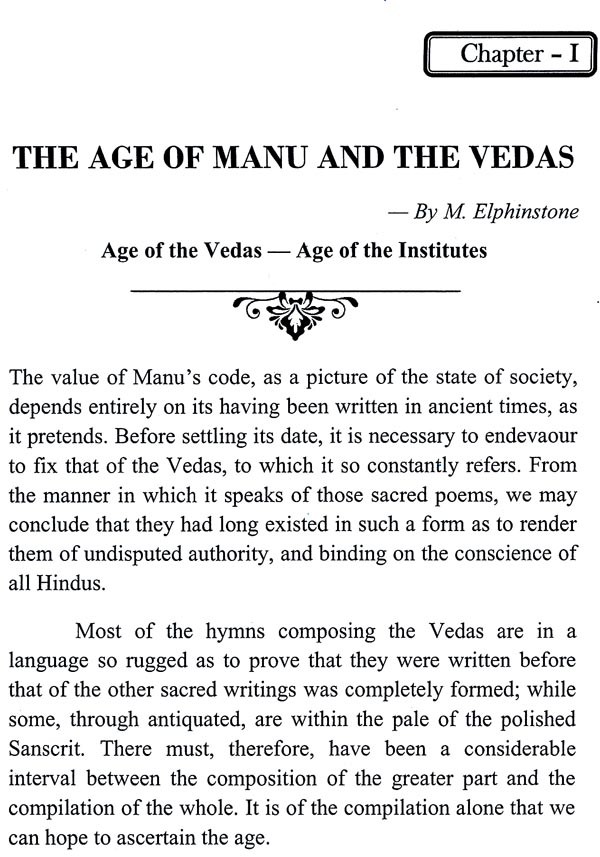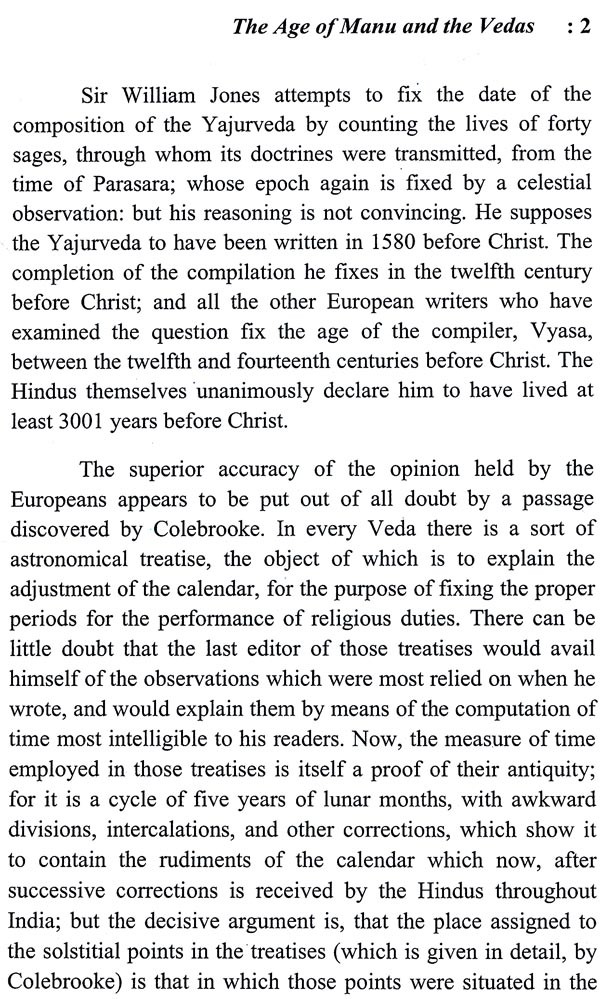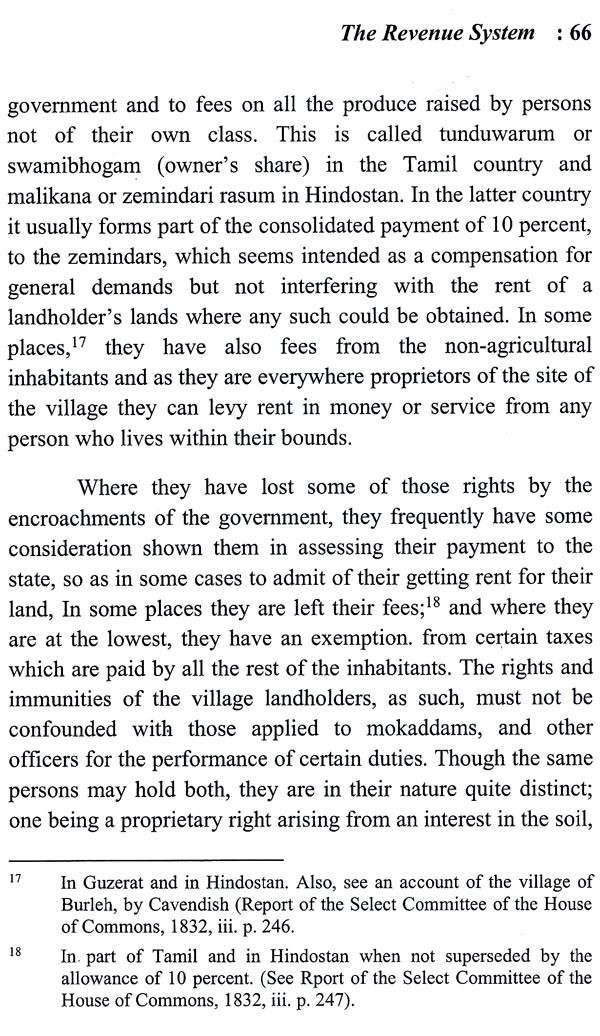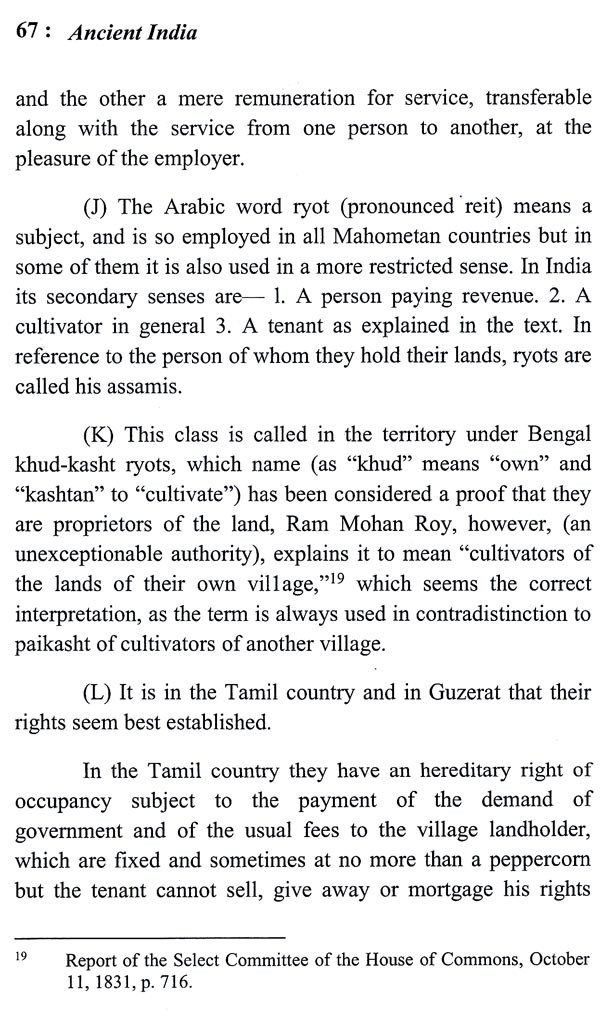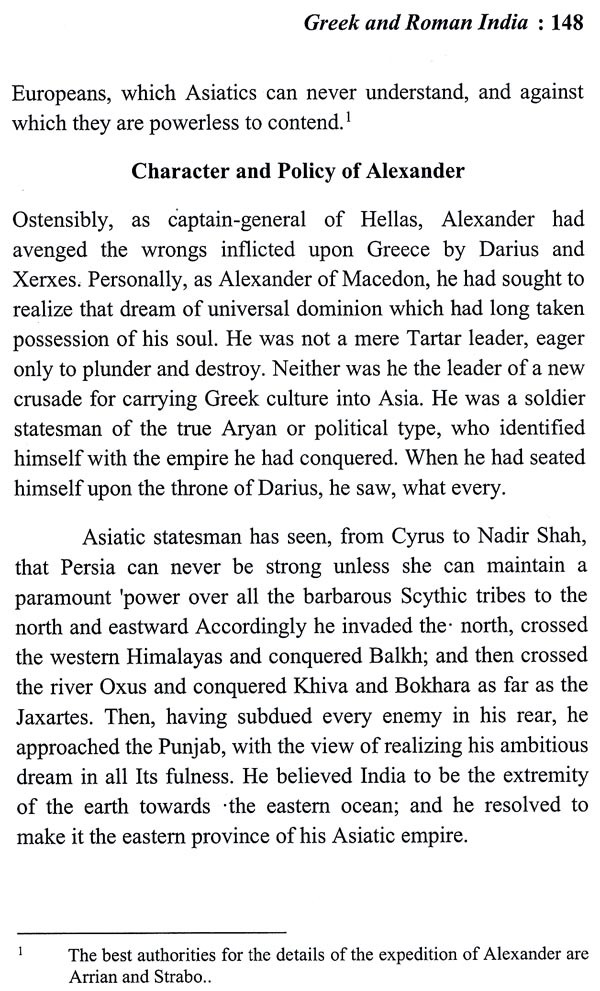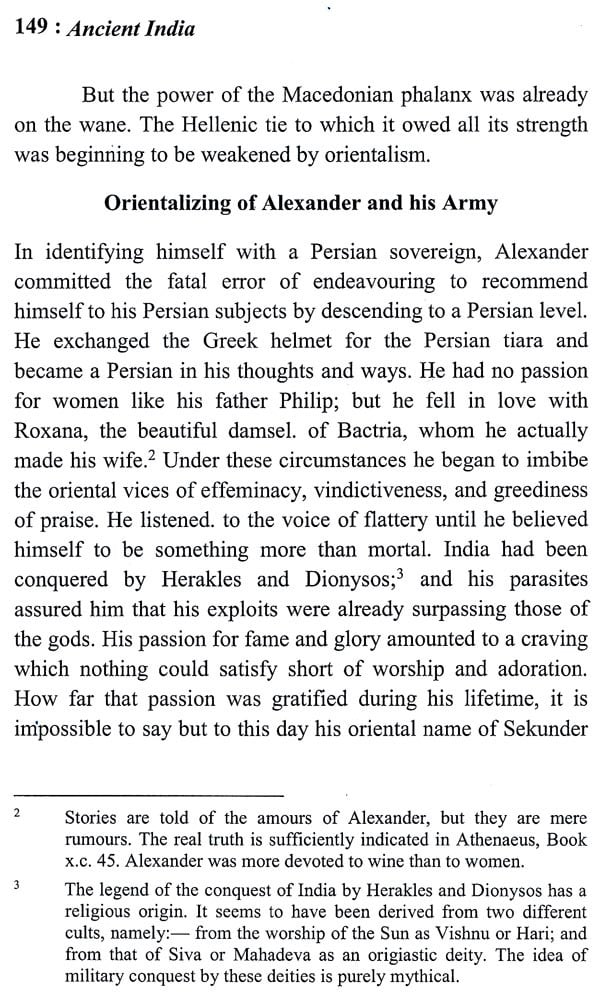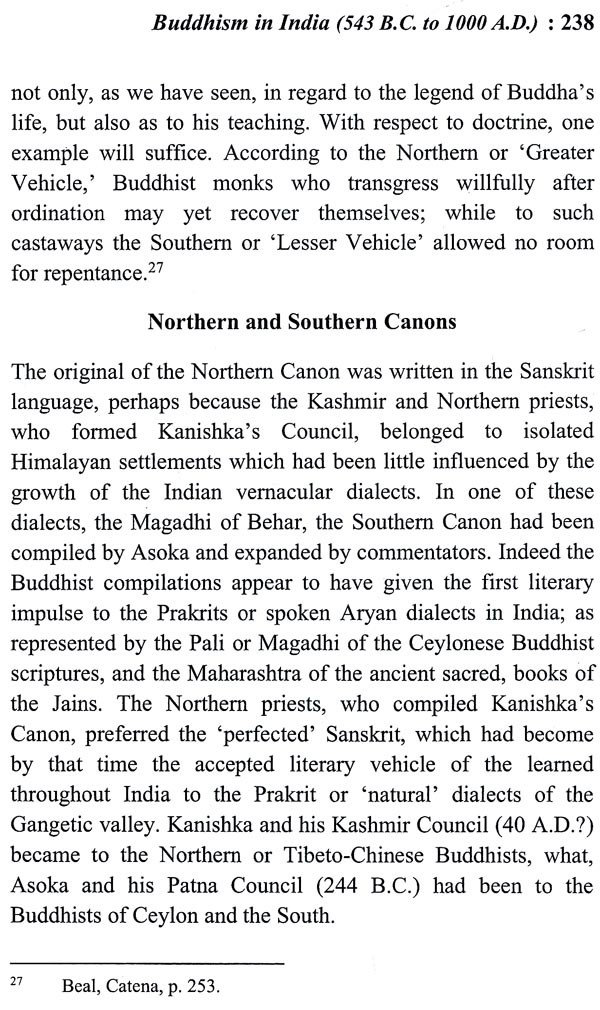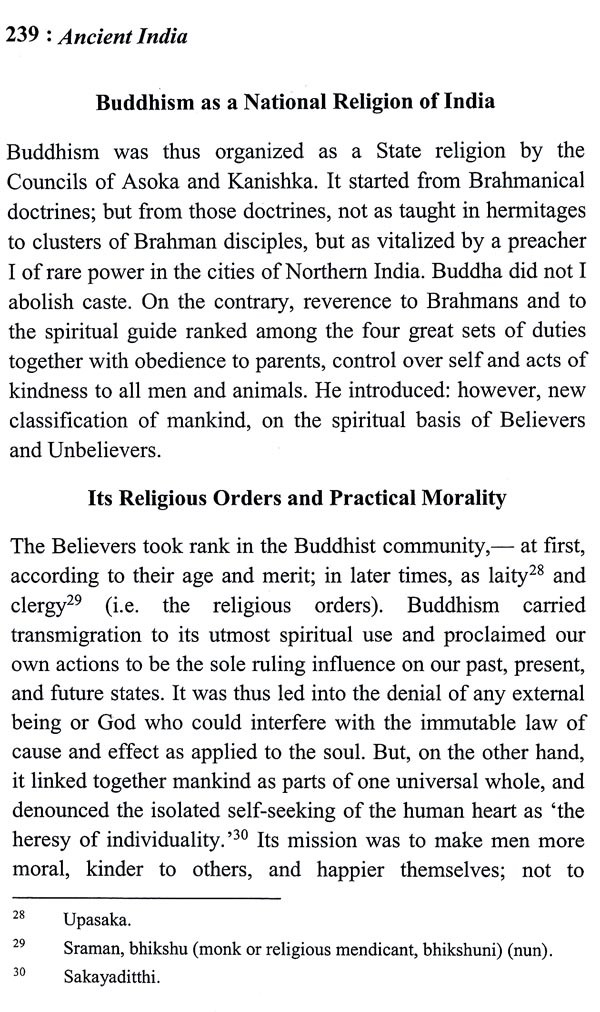About the Book India is a country in South Asia whose name comes from the Indus River. The name 'Bharata' is used as a designation for the country in their constitution referencing the ancient mythological emperor, Bharata, whose story is told, in part, in the Indian epic Mahabharata. According to the writings known as the Puranas (religious/historical texts written down in the 5th century CE), Bharata conquered the whole subcontinent of India and ruled the land in peace and harmony. The land was, therefore, known as Bharatavarsha (the subcontinent of Bharata). Hominid in the Indian activity subcontinent stretches back over 250,000 years, and it is, therefore, one of the oldest inhabited regions on the planet.
While the religious beliefs which characterized the Vedic Period are considered much older, it was during it during this time that they became systematized as the religion of Sanatan Dharma (which Order') known today as means "Eternal as Hinduism ( (this name deriving from the Indus (or Sindus) River where worshippers were known to gather, hence, 'Sindus, and then 'Hindus"). The underlying tenet of Sanatan Dharma is that there is an order and a purpose to the universe and human life and, by accepting and living in in accordance with this order it, one will experience life as it is meant to be p meant to be properly lived. While Sanatan Dharma is by many a polytheistic religion consisting of it is actually many gods, it is monotheistic in that Brahma (the Self), it holds there is one god, Brahma ( who, because of his greatness, cannot be fully apprehended save through the many aspects are revealed as the different gods of the which are to decrees the Hindu pantheon. It is Brahma who d eternal order and maintains the universe through it it. This belief in an order to the in an ord to the universe reflects the stability of the society in which it grew and flourished as, during the Vedic Period, governments became centralized and social customs integrated fully into daily life across the region. Besides The Vedas, the great religious and literary works of the Upanishads, the Puranas, the Mahabharata, and the Ramayana all come from this period..
About the Author Born in Dumbarton, Dumbartonshire (now) Dunbartonshire) in 1779, and educated at the Royal High School, Edinburgh, he was the fourth son of the 11th Baron Elphinstone in the peerage of Scotland. Having been appointed to the civil service of the British East India Company, of which one of his uncles was a director, he arrived at Calcutta (now Kolkata) early in 1796 where he filled several subordinate posts. In 1799, he escaped massacre in Benares (now Varanasi) by the followers of the deposed Nawab of Awadh Wazir Ali Khan. In 1801 he was transferred to the Diplomatic Service where he was posted as the assistant to the British resident at the court.
Introduction India is a country in South Asia whose name comes from the Indus River. The name 'Bharata' is used as a designation for the country in their constitution referencing the ancient mythological emperor, Bharata, whose story is told, in part, in the Indian epic Mahabharata. According to the writings known as the Puranas (religious/historical texts written down in the 5th century CE), Bharata conquered the whole subcontinent of India and ruled the land in peace and harmony. The land was, therefore, known as Bharatavarsha ("the subcontinent of Bharata'). Hominid activity in the Indian subcontinent stretches back over 250,000 years, and it is, therefore, one of the oldest inhabited regions on the planet.
**Contents and Sample Pages**
